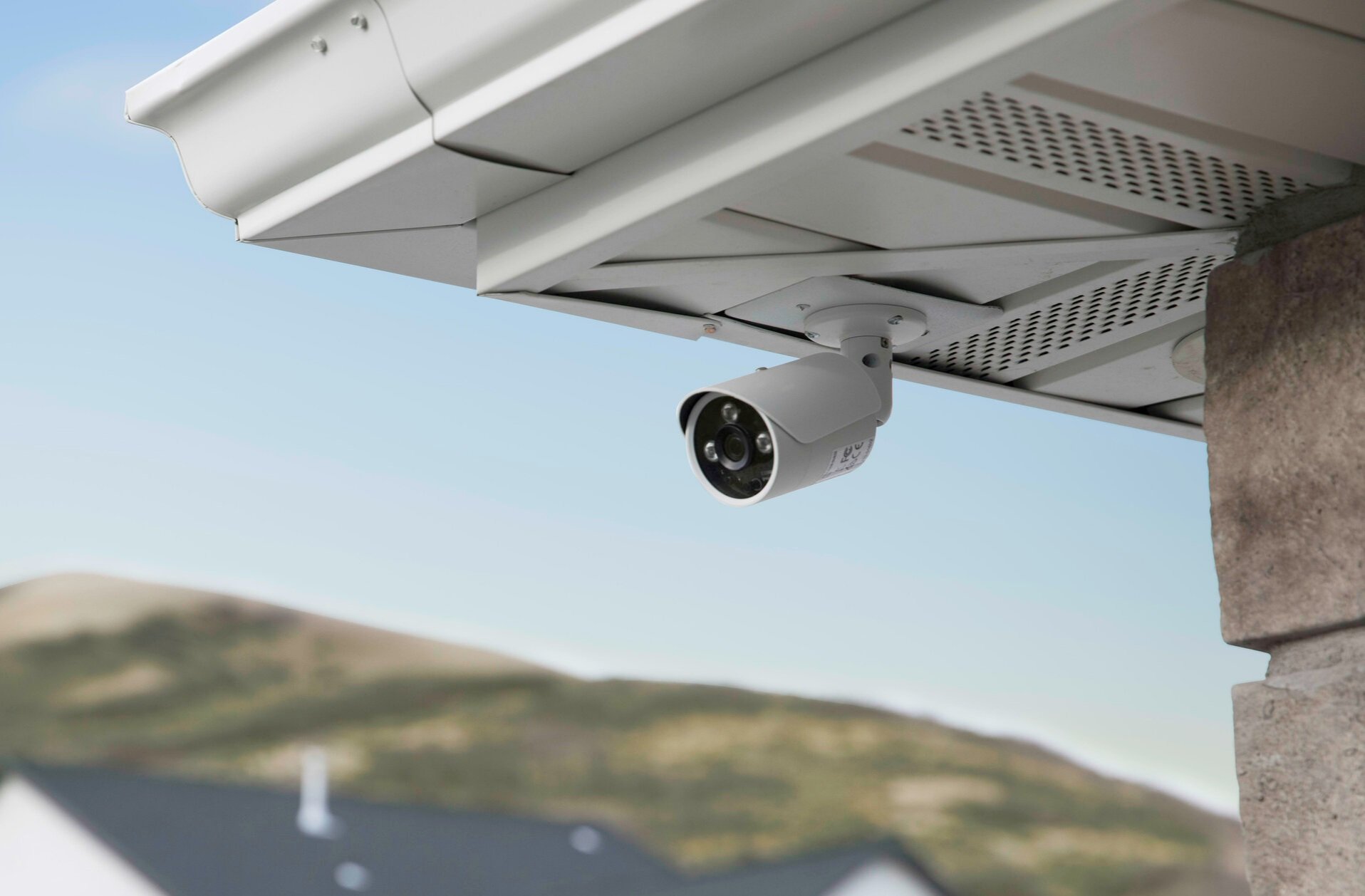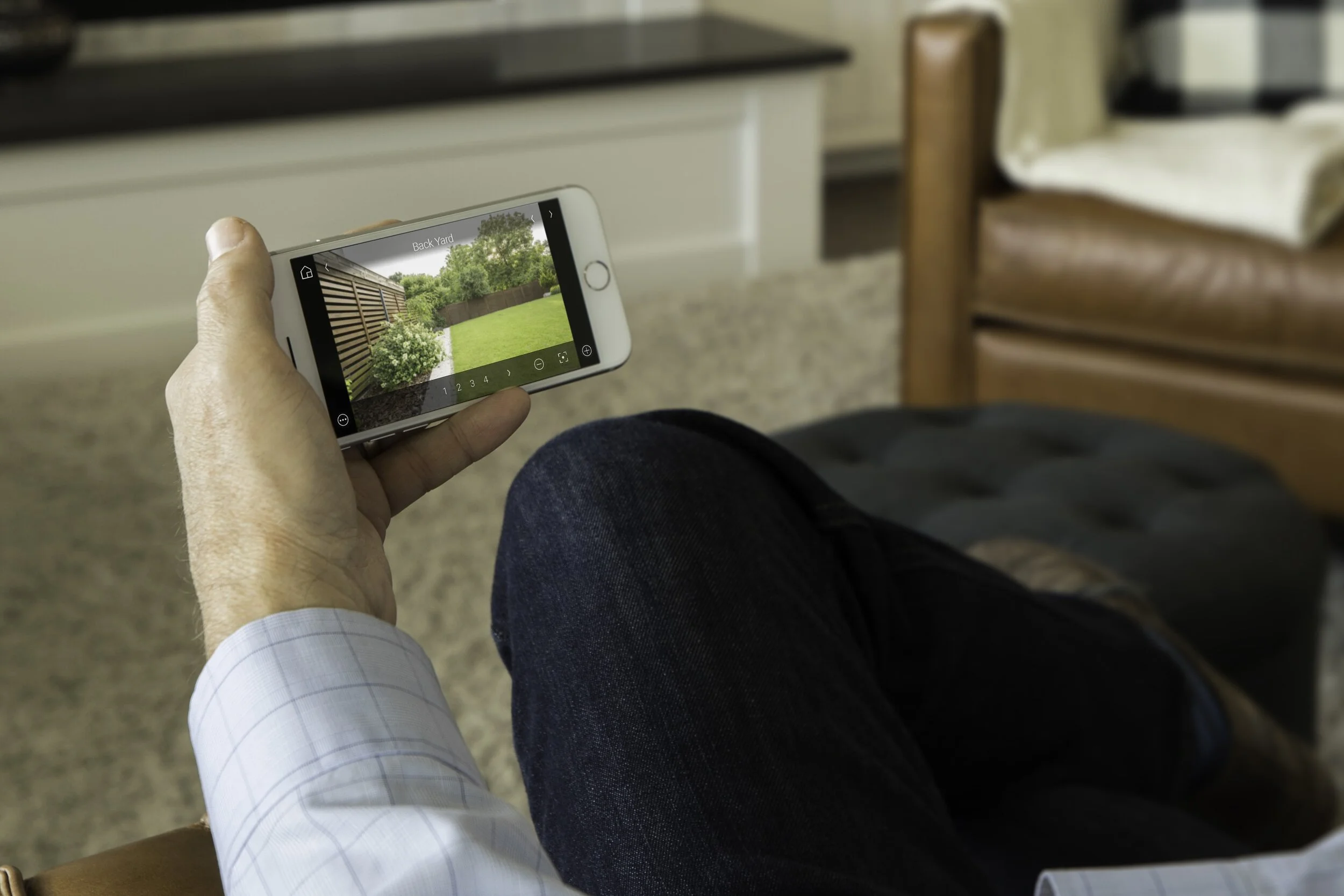Everything You Need to Know About Building a Security Camera System
Introduction: There are many considerations a home owner should take on when discussing their home security system. Protecting the home and one’s loved ones is a worthwhile purchase and always provides comfort knowing that everything is secure. In this article I will be discussing some important entry protection/surveillance requirements along with life safety equipment.
I am going to do a top to bottom approach starting with the perimeter of the residence.
Important Camera Specs
The first effective security measure we will be discussing is cameras. I will go over the equipment required first and then go into finding. There are a few specs and form factors that are important to consider before purchasing. Ensure the resolution of the cameras is high enough quality to capture any assailant attempting to break into your home. The sensor should be at least 4MP to ensure high quality imaging. The FOV(field of view) tell you how much area the camera can cover 120 - 180 degrees is generally good. Cameras with a built in motion activated light are good for outdoor security as well. I would recommend going with a hardwired system because with wireless your network goes under so do the cameras. Wireless cameras are really only limited by the home signal strength and if the surface is mountable. Anything over 24 FPS for a security camera is generally over the top for a home security system. Most cinematic film is shot in 24 FPS so unless you want clear shots of people while they are sprinting 24 will work just fine. Most cameras use compressions of H.264 or H.265, but do not look to much into that as any modern camera will likely use this.
Positioning for Maximum Coverage
To create a comprehensive security system, cameras should be positioned to cover the entire perimeter of your home. Place cameras high enough to avoid tampering or obstruction, ideally 8-10 feet off the ground, ensuring a clear view of your property without blind spots. Corners of your house are often the best spots to cover two sides with one camera, maximizing efficiency.
For the front and back of your home, make sure to capture the walkways, entry doors, and driveways. These are high-traffic areas and are prime spots for monitoring who comes and goes. If possible, consider cameras with a wide Field of View (FOV) to reduce the number of cameras needed. However, in areas that might be more secluded or private, you may want to install additional cameras for full coverage.
Outdoor Considerations
Keep in mind, outdoor cameras must be weatherproof, especially if they’re monitoring areas that are exposed to the elements. Look for cameras with a high IP rating such as IP65 or higher to protect against rain and dust. You also want to position your cameras so they cover dark corners and blind spots places where burglars might try to hide.
Lighting plays a big role as well. Well-lit areas discourage criminal activity, and when paired with cameras equipped with night vision, they provide round-the-clock surveillance. Some cameras even have built-in motion-activated lights to ensure that a would be intruder is always visible, no matter the time of day or night.
Additional Tips for Perimeter Coverage
Beyond cameras, consider additional perimeter protection like motion sensors or smart doorbell cameras. Motion detectors can alert you to movement in areas where cameras may not be as effective. A doorbell camera, on the other hand, allows you to monitor and speak with anyone who approaches your door, whether it's a visitor or someone trying to scope out your home.
Don’t forget about your yard. While many focus on doors and windows, the landscape surrounding your home can also serve as a hiding place for intruders. Positioning cameras to cover fences, gates, and areas like sheds or tool boxes can eliminate those hidden spots that might otherwise go unnoticed.
When you’ve covered all these angles, your home will be more protected than ever, and you’ll have peace of mind knowing that your perimeter is well-guarded. Keep your cameras in check, maintain regular monitoring, and remember to adjust settings as necessary to stay ahead of potential threats.
By taking the time to plan your perimeter coverage carefully, you’re setting up a robust security system that maximizes safety and minimizes vulnerabilities.
Managing Storage and Recording
Now that we’ve covered the essentials of camera placement and perimeter coverage, let’s dive into the importance of having an effective Network Video Recorder (NVR) to manage and store your footage.
An NVR is the heart of your security system, ensuring that all your camera feeds are securely recorded and accessible. Unlike traditional DVRs, which are designed for analog cameras, an NVR works with modern IP cameras, allowing for higher-quality footage and more flexible installation. To maximize the effectiveness of your security system, it's crucial to choose an NVR that supports the number of cameras you plan to use and offers sufficient storage capacity to retain video for a period that suits your needs—whether it's a few days or several weeks.
Positioning Your NVR When setting up your NVR, it’s important to place it in a secure, central location within your home or office to ensure reliable access to all cameras. Make sure the NVR is connected to a stable network, either through wired Ethernet or a strong Wi-Fi connection, to avoid interruptions in recording. Additionally, ensure the NVR is stored in a cool, dry area to prevent overheating and potential hardware failure.
Storage and Backup Storage is a key consideration when selecting your NVR. Larger storage capacities allow for longer retention of footage, but keep in mind that higher resolution cameras will require more space. It's a good idea to set up a backup system—whether local or cloud-based—to protect against data loss in the event of a hardware failure. Many NVRs offer remote viewing capabilities, so you can monitor footage from anywhere at any time, providing flexibility and peace of mind.
Maintaining Your NVR Just like with your cameras, it’s important to maintain your NVR to ensure smooth operation. Regularly check for firmware updates, monitor available storage space, and periodically test the system to ensure that it’s recording properly. If you’re using cloud storage, be sure to review your subscription plan to ensure that your data is being backed up and retained according to your preferences.
By setting up a reliable NVR system and ensuring it integrates seamlessly with your cameras, you’re creating a robust security network that makes it easy to review footage, monitor activity, and ensure the safety of your home or business. Keep your NVR in top condition, and you'll have a security system you can rely on for years to come.



